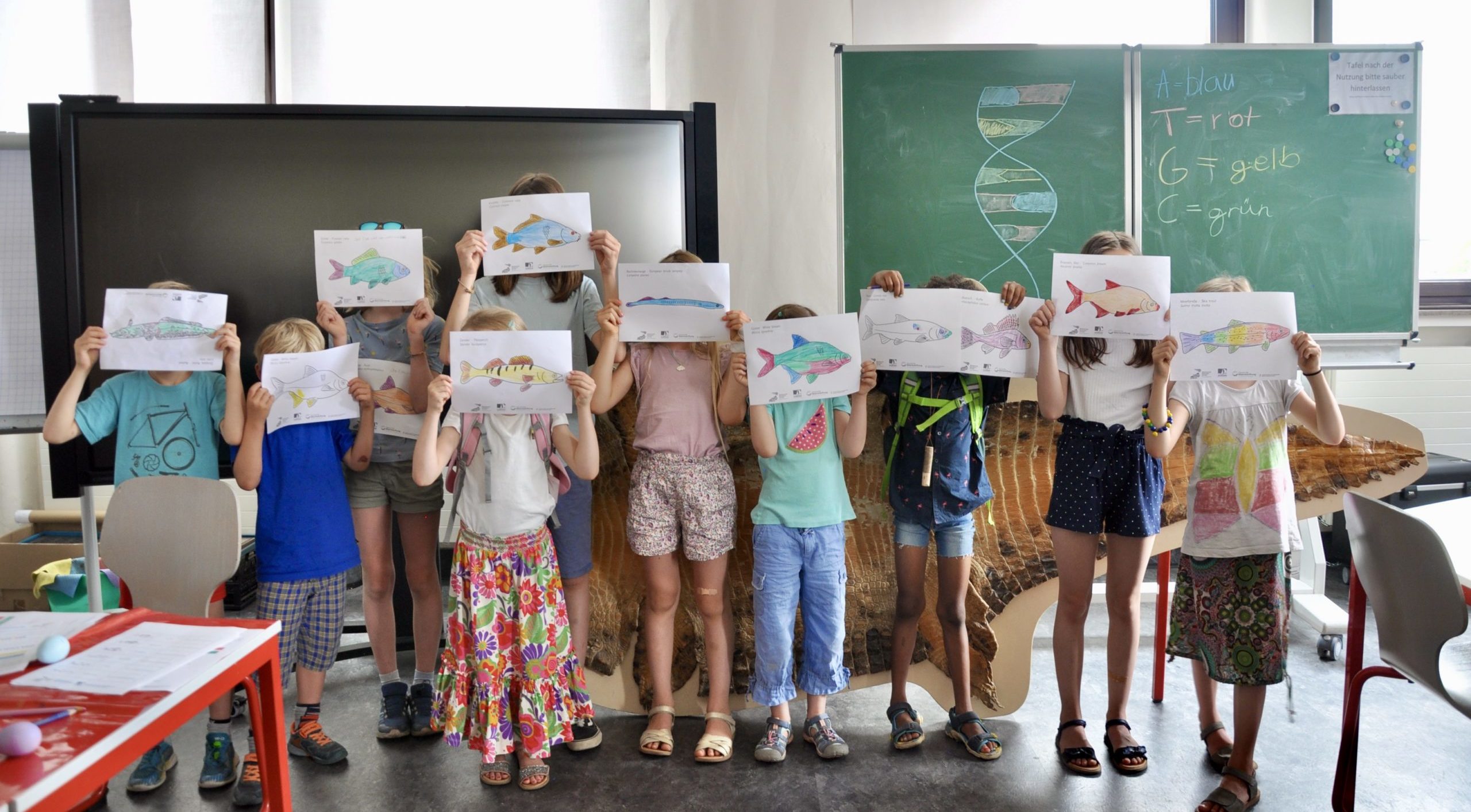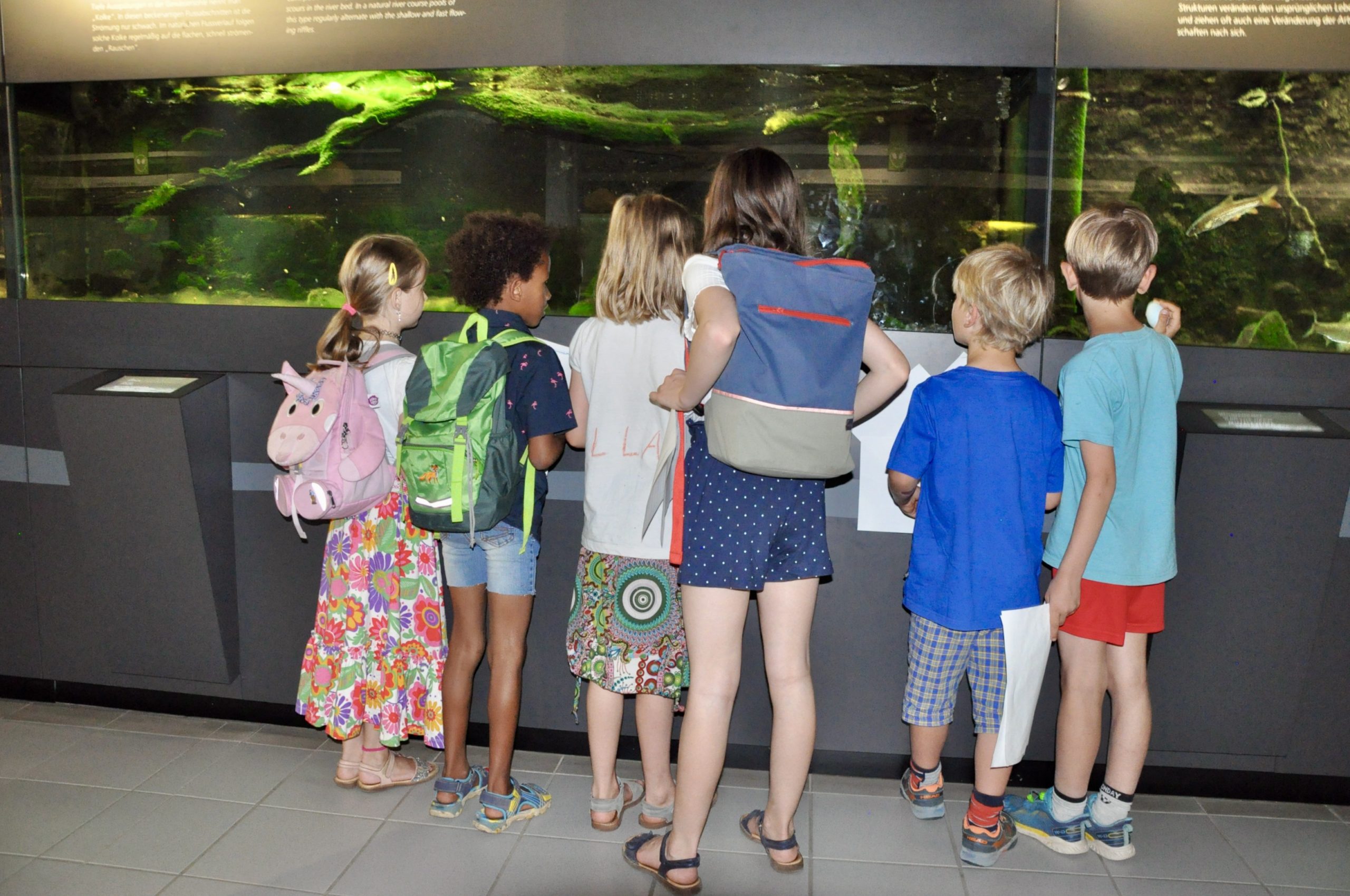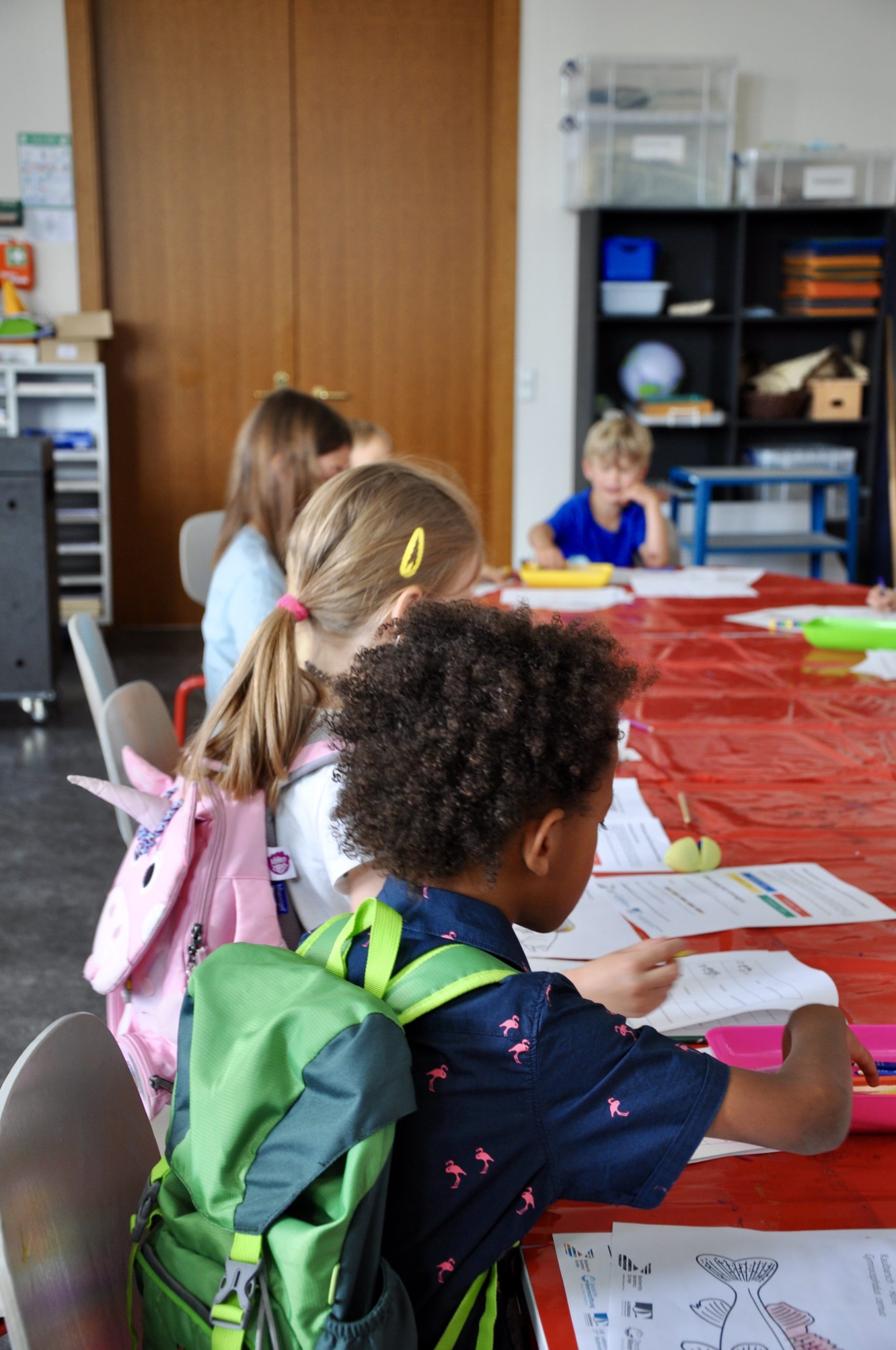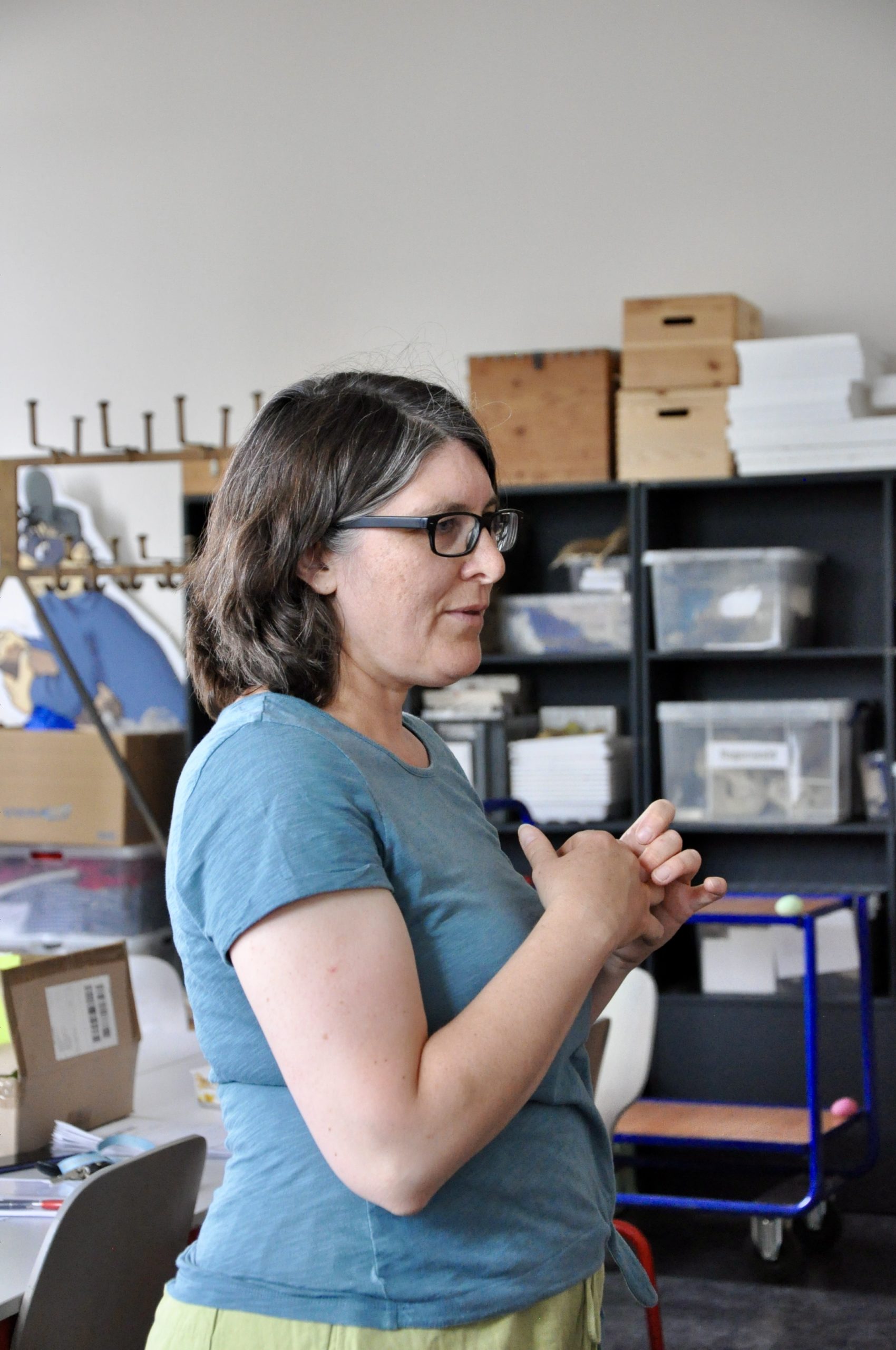DNA detectives: Which fish swim in the Rhine?
Museum Koenig, Bonn
18 June 2023
This workshop was designed to teach children from 6 to 10 years old the concept of DNA and how it can be used to identify different fish species using DNA traces that fish leave behind in the Rhine. Through the use of bead strings that model DNA barcodes, children became “DNA detectives” and were able to decipher the specific genetic code of native fish species in Germany. Afterwards, the children were taken to the aquarium to have a closer look at the fish.
This event was connected not only to the BGE project but also to the Rheinexpedition 2023 of the Deutsche Meeresstiftung, which raises public awareness of the biodiversity found in the river Rhine and its surroundings. This event is also connected to an eDNA sampling activity currently taking place along the Rhine and tributaries up to the Elbe River.
Goals
- To determine what children previously knew about the concept of DNA
- To explain what DNA is and how species can be identified using the sequence of bases of a DNA molecule
- To explain the concept of eDNA (from shed skin particles in a room, or fish scales in a river)
- To learn about which fish species are found in the Rhine and recognize 6 of these species in our aquarium
Content
We split the kids into two groups so we could spend one hour with each group: 14-15h: First group (10 kids) and 15-16h: Second group (6 kids)
- Brief explanation of what DNA is and where it can be found
- Search for eggs containing DNA strings (barcodes) hidden in the room
- ‘DNA decoding’ following the code of the bead strings, consisting of four colours (red=T, blue= A, green= C and yellow=G)
- Compare the deciphered code to a reference list and find out which fish species were identified
- Colouring in the fish sheets
- Visit the aquarium to identify 6 out of 20 local fish species from the given list
Feedback summary
We were taken aback by the speed with which the kids decoded the DNA strings; some of them even completed three sequences.
We recommend having resources available to clarify concepts pertaining to eDNA and DNA in the future. Although the explanation was clear, the younger children might have found it too abstract.










